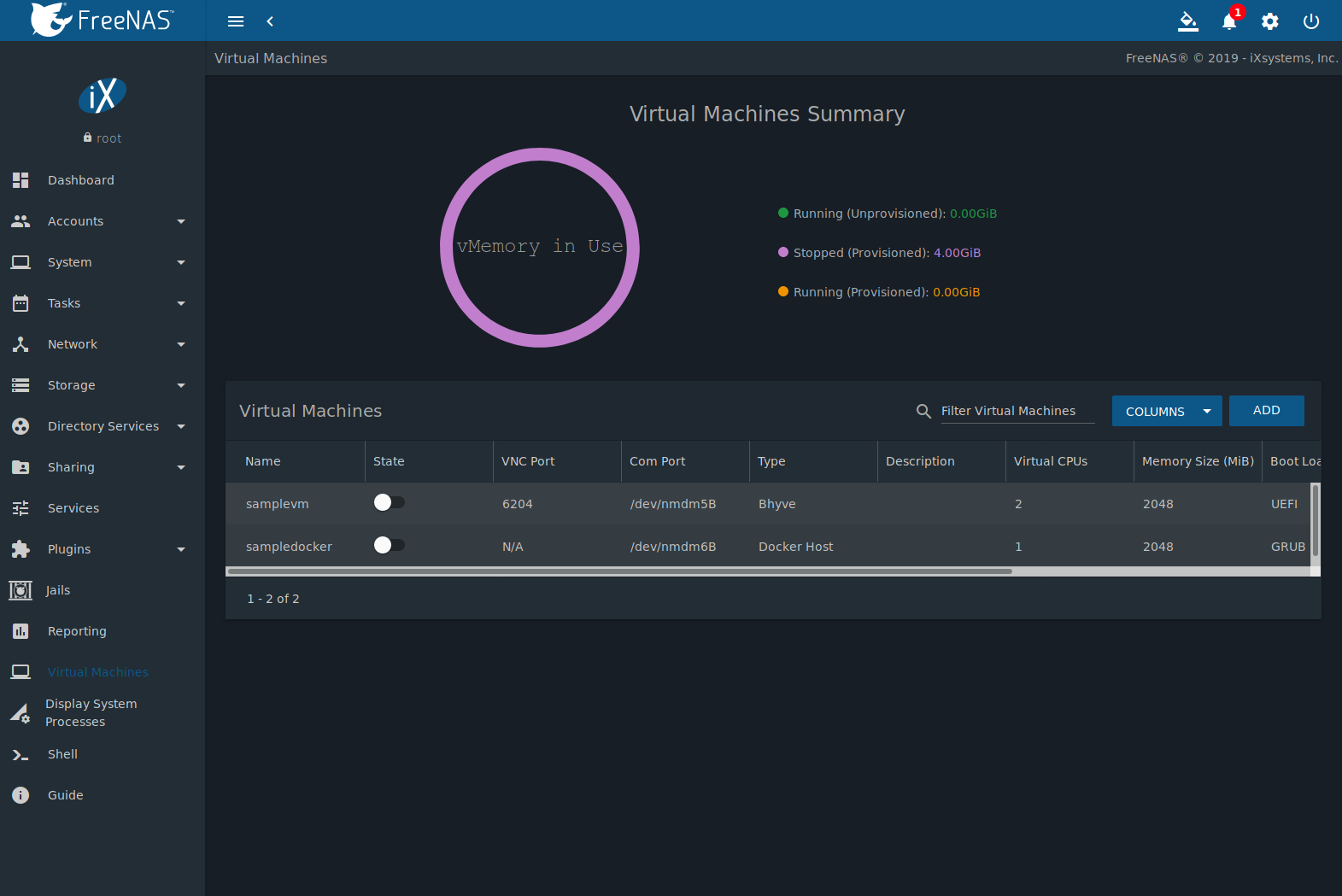Freenas Virtio Drivers

I had experienced trying to get a Windows VM up and running on my FreeNAS my first time out. I just recently tried installing Linux Mint in a VM and got similar results: VM freezes up during install, VNC device conks out shortly after, VM then stops, UEFI prompt comes up when trying to boot off its zvol. I've seen some chatter about an issue waiting to be fixed upstream in Bhyve.
But is it across the board for everyone and every guest OS? What is going on? Also how does iohyve differ from Bhyve as it is presented in the FreeNAS GUI? Would it help any to try a guide like? Or is that not really applicable in 11.x?
Are there any alternative hypervisors that could be run in a jail on FreeNAS in lieu of Bhyve? So far it's proven useless.
Feb 3, 2018 - How to get FreeNAS running with disk pass-through in a Proxmox. The Proxmox VE KVM-based All-in-One. We could also use virtio as our. Dec 22, 2015 Solved Installing FreeBSD With VirtIO. Thread starter markzz989; Start date Dec 20, 2015; M. Markzz989 New Member. I use FreeBSD under Linux as a KVM guest. When doing so, I use VirtIO for networking and for storage and usually install. You install FreeBSD without VirtIO drivers. When you create a new VM, you can configure the storage.
EDIT: Just tried Ubuntu with pretty much identical results except the VNC device hasn't conked out yet. Yes, they should be in-built for linux, but for Windows you'll need a virtio driver iso from here: Bhyve is no totally broken, bhyve VMs may be stable once installed, but installation is currently hampered by flaky bhyve vnc console/webvnc which is picky about vnc clients, does no support non-US keymaps properly and stalls on installing guest OS whose EFI implementation is not as the byhve UEFI firmware expects. For linux OS installation try hitting enter a few times when using the bhyve vnc console. If things appear dead on 1st post-install boot, wait and you may after a few minutes be dropped to the EFI shell. Minus chastushek elochki sosenochki. Learn how to navigate to the boot64.efi and the required post install EFI fix for some Linux distros.
For debian/ubuntu execute as root: grub-install --efi-directory=/boot/efi --boot-directory=/boot --removable.
A guide to selecting and building FreeNAS hardware, written by the FreeNAS Team, is long past overdue by now. For that, we apologize. The issue was the depth and complexity of the subject, as you’ll see by the extensive nature of this four part guide, due to the variety of ways FreeNAS can be utilized. There is no “one-size-fits-all” hardware recipe.
Instead, there is a wealth of hardware available, with various levels of compatibility with FreeNAS, and there are many things to take into account beyond the basic components, from use case and application to performance, reliability, redundancy, capacity, budget, need for support, etc. This document draws on years of experience with FreeNAS, ZFS, and the OS that lives underneath FreeNAS, FreeBSD. Its purpose is to give guidance on intelligently selecting hardware for use with the FreeNAS storage operating system, taking the complexity of its myriad uses into account, as well as providing some insight into both pathological and optimal configurations for ZFS and FreeNAS. A word about software defined storage: FreeNAS is an implementation of Software Defined Storage; although software and hardware are both required to create a functional system, they are decoupled from one another.
We develop and provide the software and leave the hardware selection to the user. Implied in this model is the fact that there are a lot of moving pieces in a storage device (figuratively, not literally). Although these parts are all supposed to work together, the reality is that all parts have firmware, many devices require drivers, and the potential for there to be subtle (or gross) incompatibilities is always present. Best Practices ECC RAM or Not? This is probably the most contested issue surrounding ZFS (the filesystem that FreeNAS uses to store your data) today. I’ve run ZFS with ECC RAM and I’ve run it without.